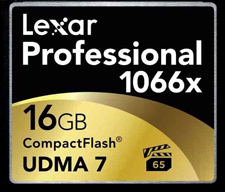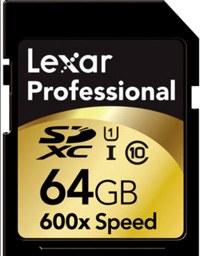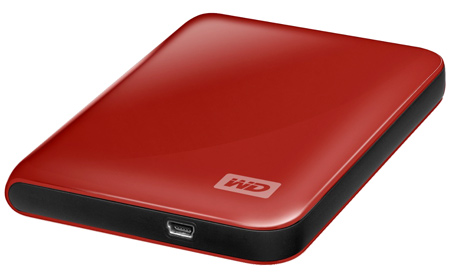Today is Pi day – 3.14. Our team is celebrating with a lot of fun pies at the office.
I’ve recently had a few people ask me about backup strategies when it comes to photography; I had someone who accidentally erased images during a photoshoot and couldn’t get them back.
Even if you don’t do professional photography, this workflow attempts to look at different failure points, and comes up with strategies to mitigate each from happening to you.
So, here’s my workflow:
1. Before the shoot:
 Format ALL Your Memory Cards.
Format ALL Your Memory Cards.
Before you arrive at the photoshoot, all of your memory cards should be freshly formatted in the camera that you’re going to use.
I’ll usually bring at least four times the amount of memory cards that I think I’ll actually need, so that I’m never worried about running out of space.
If you format everything ahead of time, then every card in your camera bag is available for immediate use.
If you follow this format, this means that you’ll NEVER need to format a card during a photoshoot – because that’s when you are often distracted and might accidentally format one that contains images.
If you’re using multiple cameras, make sure you format the cards you’re going to use with that actual camera. Different cameras work differently; formatting is different than erasing the images.
2. During the Photoshoot
 Save to multiple memory cards if possible.
Save to multiple memory cards if possible.
My main camera bodies that I use (currently the Canon 5D Mark III) allow me to save images onto two cards at the same time.
This is great redundancy, so that if there’s an issue with a memory card, the images are safe on the other card.
This will slow down the camera slightly, because you’re saving images to two cards at the same time. Unless I’m shooting extremely fast action sports, this works well. Fast action sports, I’ll take the risk on one card.
If your camera only allows you to save to one card at a time, make sure you only use high quality memory cards.
Not all memory cards are created the same – higher quality ones will write images to the card a lot faster.
If you ever do have a card that gives you trouble or bad images, retire that card right away.
Memory Card Error During Shooting.
If you ever are photographing, and you receive a message on the camera that there is a problem with the memory card, stop using that card right away. Take it out of the camera, put it into a protective case, and switch to a different memory card.
That way, you have a much better chance of being able to recover images from a faulty card. But your chances will decrease if you keep trying to write information to that card.
Don’t Completely Fill Up Your Cards.
It’s best to leave a little room on a card, so before you get to the place where you have less than 20 images left, switch out the card. You can often have issues with memory card corruption if you try to cram them 100% full.
Don’t Delete Images During a Shoot.
Again, you don’t want to ever make a mistake and hit the "Delete All" button.
Once you’ve filled up a card, put it in a secure location. Don’t ever leave your memory cards just with your camera bag. If you camera is stolen – and that would suck – it’s better to not also have the images that you just took stolen as well. Gear is replaceable, but those images that you just took from an important life-cycle event are not.
3. After the shoot, Replicate!
The first thing you should do when you get back home or to the office is to download all of the images onto your computer. Don’t sit down and start watching TV, or think you’ll get to it in the morning. Before you sleep, you should download the images.
I also download them to an external drive as well at this same time.

So, if you are using a camera system that allows you to save to two cards at the same time, you’ll have these copies:
- Memory Card 1
- Memory Card 2
- Computer (i.e. Lightroom)
- Backup USB drive
So, that’s four copies. That’s good. Make sure they aren’t all near each other (in case of fire, flood or theft).
But don’t format those cards until you’ve:
- Backed up your computer (i.e. to a different backup drive or cloud backup system)
- Backup the images to another external USB drive, that is at a different location. (For example, keep one at home, and one at the office.)
Now you have six copies of the original images, scattered in different geographic locations.
 If you’re traveling, then I’d recommend bringing two smaller external USB drives with you, and making sure that all of your images are backed up. And make sure you bring a lot more memory cards than you think you’ll need. And don’t ever put your computer together with your cards and USB backup drives. It’s better to throw a USB drive in a suitcase (wrap it in clothes) than lose everything at the same time. You can also have a friend or colleague keep one of them in their bag, too.
If you’re traveling, then I’d recommend bringing two smaller external USB drives with you, and making sure that all of your images are backed up. And make sure you bring a lot more memory cards than you think you’ll need. And don’t ever put your computer together with your cards and USB backup drives. It’s better to throw a USB drive in a suitcase (wrap it in clothes) than lose everything at the same time. You can also have a friend or colleague keep one of them in their bag, too.
You can take off your tin foil hat now, and stop being paranoid.
I hope this helps! Until next time,

Jeff Finkelstein
Founder, Customer Paradigm
303.473.4400
We love referrals! Our
Referral Promise >>
P.S. Let me know if you’d like to discuss your PPC or SEO campaigns.
